Are you ready to share your musical talents with the world? Whether you're a singer-songwriter, a ukulele enthusiast, or both, mastering the art of recording ukulele and voice can take your performances to the next level. In this comprehensive guide, we'll explore the essential steps and techniques for achieving stellar sound quality in your recordings, so you can share your music with confidence and clarity.
1. Choose the Right Equipment
The foundation of a great recording starts with the right equipment. Invest in a quality microphone that captures the nuances of both your ukulele and voice. A condenser microphone is ideal for capturing the warmth and detail of acoustic instruments, while a dynamic microphone may be better suited for louder vocals or live performances.
2. Set Up Your Recording Space
Create a conducive environment for recording by choosing a quiet room with minimal background noise and good acoustics. Consider using acoustic treatment, such as foam panels or blankets, to reduce unwanted reflections and echoes. Position your microphone carefully to capture a balanced blend of ukulele and voice without overwhelming one another.
3. Experiment with Mic Placement
Finding the optimal mic placement is crucial for capturing the full range of your ukulele's sound and the nuances of your voice. Experiment with different mic positions to find the sweet spot that captures the warmth of your ukulele and the clarity of your vocals. Try placing the microphone slightly above the ukulele's sound hole and angled towards the 12th fret for balanced sound capture.
4. Mind Your Levels
Maintain proper recording levels to avoid clipping or distortion in your recordings. Aim for a healthy signal level that peaks just below 0 dB on your recording interface or software. Adjust the input gain on your microphone or interface as needed to achieve optimal levels without overpowering the recording.
5. Perform with Expression
Capture the emotion and expression of your performance by delivering dynamic vocals and nuanced ukulele playing. Pay attention to phrasing, dynamics, and timing to convey the intended mood and atmosphere of the song. Experiment with different vocal techniques, such as breath control and vibrato, to add depth and character to your recordings.
6. Use Compression and EQ
Enhance the clarity and presence of your recordings with compression and EQ. Apply gentle compression to smooth out the dynamic range of your vocals and ukulele, making them sound more polished and professional. Use EQ to sculpt the tonal balance of your recordings, emphasizing the natural character of your ukulele and voice while taming any harsh frequencies.
7. Mix and Master
Blend your ukulele and vocal tracks together seamlessly during the mixing process. Adjust the volume, panning, and effects levels to create a balanced and cohesive sound. Once you're satisfied with the mix, apply mastering techniques, such as limiting and stereo enhancement, to polish your recordings and prepare them for distribution.
Conclusion
Recording ukulele and voice requires attention to detail, technique, and artistry to achieve stellar sound quality. By following these essential steps and techniques, you can capture the beauty and essence of your musical performances with clarity and professionalism. So, set up your recording space, grab your ukulele and microphone, and let the music speak for itself!
By incorporating these recording techniques into your workflow, you'll be well-equipped to capture the beauty and essence of your musical performances with clarity and professionalism. Happy recording!


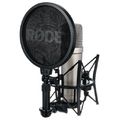
 Rode NT1-A Complete Vocal Recording
Rode NT1-A Complete Vocal Recording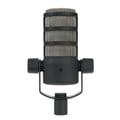
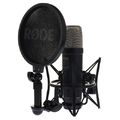
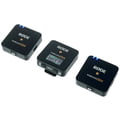
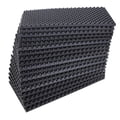
 t.akustik SA-N30 18pcs set
t.akustik SA-N30 18pcs set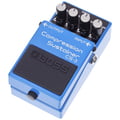
 Boss CS-3 Compression Sustainer
Boss CS-3 Compression Sustainer